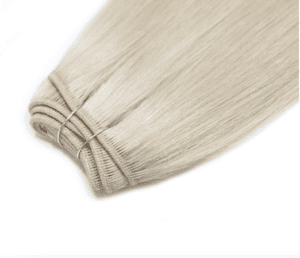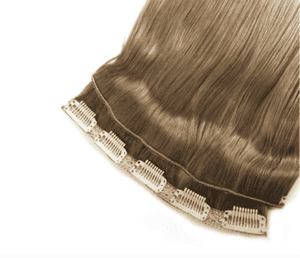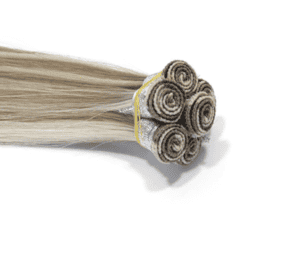How Do Hair Salons Find a Reliable Hair Extensions Supplier?
Choosing a hair supplier feels like searching for treasure in the dark. You need quality products, trustworthy partners, and fair prices. Let's explore how to turn on the lights.
Good suppliers offer consistent quality, transparent sourcing, and customized options. Look for factories with certifications and salon recommendations to avoid bad experiences.
Now let's break down what really matters. This guide covers four key questions every salon owner should ask when selecting a supplier. Grab your notebook and let's dive in.
Where Do Hair Extension Companies Get Their Hair From?
Hair origins might surprise you. Most clients assume extensions come from local sources, but the truth crosses oceans and continents.
90% of global hair extensions come from Chinese factories. Vietnam, India, and Myanmar supply the remaining 10%, often used for specialty textures or budget lines.
Let's clarify with hard numbers. As someone who's visited 12 hair factories across Asia, here's what salons should know:
| Country | Market Share | Best For | Average Price/kg |
|---|---|---|---|
| China | 90% | Virgin/Remy hair blends | $80-$120 |
| Vietnam | 5% | Straight fine hair | $60-$90 |
| India | 3% | Curly/wavy textures | $70-$110 |
| Myanmar | 2% | Budget synthetic blends | $20-$40 |
Three key points for salons:
- Chinese factories dominate because they combine Russian/Indian hair with advanced processing tech
- "Virgin" labels can be misleading - always request origin certificates
- Private label options thrive in China (perfect for salon branding)
How to Know If Hair Extensions Are Good Quality?
Quality determines client satisfaction and repeat business. I've seen salons lose customers overnight from bad extension batches.
Real human hair should feel smooth, maintain color after washing, and withstand heat styling. Poor quality hair tangles instantly and smells chemical.
Our salon uses a 5-point inspection system. Here's how to test samples:
-
Stretch Test
- Gently tug 20 strands
- More than 3 broken hairs = reject
-
Burn Test
- Burn 5 hair tips
- Should smell like burnt feathers (not plastic)
-
Colorfastness
- Soak in warm water 30 mins
- Water shouldn't discolor
-
Cuticle Check
- Rub hair downward
- Rough feel means damaged cuticles
| Grade | Features | Expected Lifespan |
|---|---|---|
| Virgin | Intact cuticles, no split ends | 2-3 years |
| Remy | Aligned cuticles, minimal processing | 8-12 months |
| Non-Remy | Mixed cuticle directions | 3-6 months |
| Synthetic | Plastic fibers | 1-3 months |
How Can You Tell If Hair Extensions Are Fake?
Fake hair destroys salon reputations. Learn to spot imposters quickly - your clients deserve better.
Fake hair often feels slippery, smells like chemicals, and melts under heat tools. Real human hair chars when burned and absorbs styling products.
I once bought "100% human hair" that turned into plastic goo during straightening. Don't make my mistake. Use these detection methods:
| Test | Fake Hair | Real Hair |
|---|---|---|
| Rub Test | Produces static electricity | No static |
| Water Test | Floats | Sinks slowly |
| Price Check | Below $50/kg | $80+/kg |
| Ends Check | Perfectly uniform tips | Slightly varied natural ends |
Pro Tip: Always request third-party lab reports. Reputable suppliers provide ISO or SGS certifications.
What Makes a Good Hair Extension Brand?
Brands aren't just logos - they're promises of quality. The best suppliers grow with your salon's needs.
Top brands offer OEM services, quality guarantees, and technical support. Look for manufacturers working with known salons or beauty chains.
After helping 200+ salons launch private labels, I've identified key brand markers:
| Feature | Budget Brand | Professional Brand |
|---|---|---|
| Minimum Order | 500+ units | 50+ units |
| Customization | Standard colors only | Custom colors/wefts |
| Support | Email only | Video tutorials + live chat |
| Lead Time | 60-90 days | 15-30 days |
| Certifications | Basic | ISO 9001, GMP, SGS |
Why Chinese factories dominate premium brands:
- Advanced steaming/coloring tech
- Lower labor costs = competitive pricing
- Efficient shipping via DHL/FedEx
- Experience with Western salon needs
Conclusion
Finding reliable suppliers requires checking sourcing, testing quality, verifying authenticity, and choosing adaptable brands. Start with factory samples and build long-term partnerships.```








